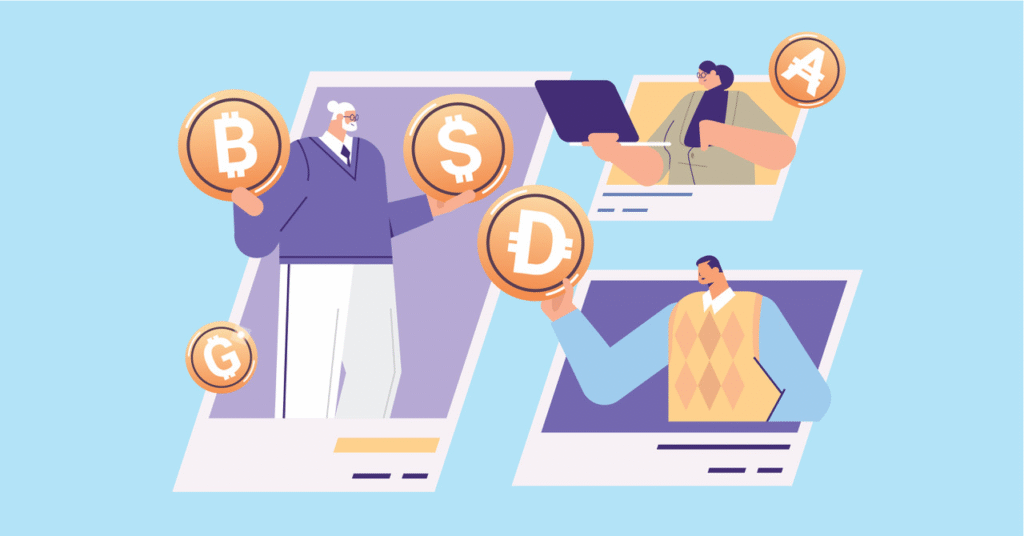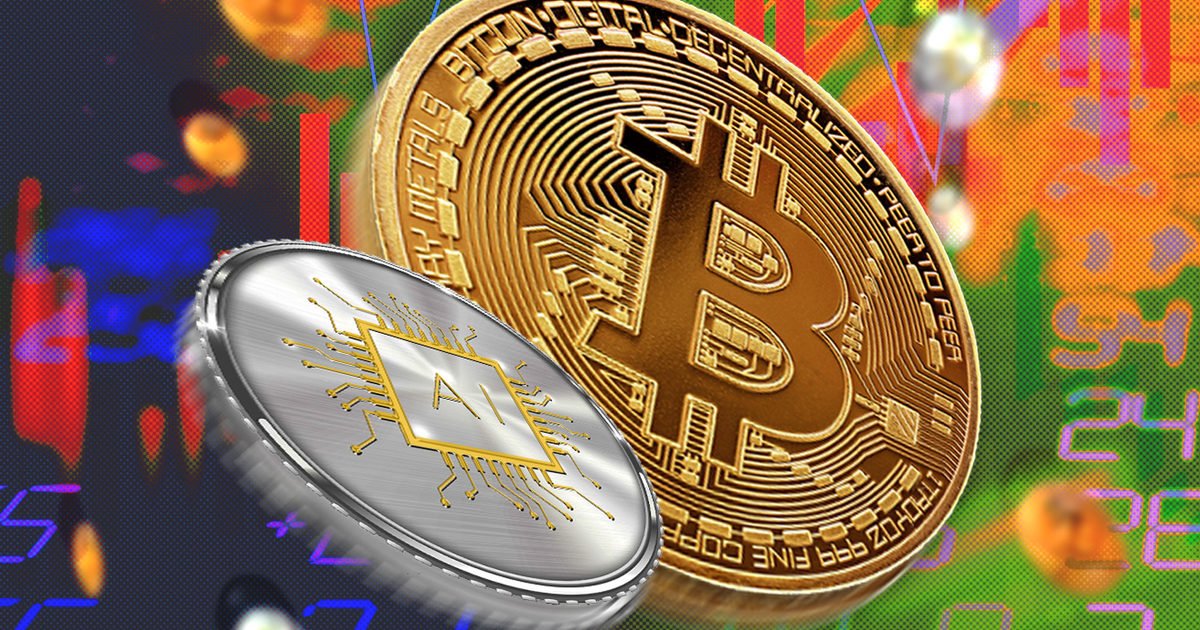If you’ve ever wondered how digital coins like Bitcoin or Ethereum actually become “valuable,” you’re not alone.
They’re not backed by gold. You can’t touch them. So… why do people pay real money for them?
The answer lies in tokenomics—a fancy word that explains how crypto tokens get their worth in the real world.
Let’s break it down into plain, easy-to-follow parts.
First: What is Tokenomics, Anyway?
Tokenomics = token + economics.
It’s all about how a crypto token works—its supply, use, and how people interact with it.
Think of it like this: just like a product in a store has pricing based on demand and use, crypto tokens follow similar rules.
1. Tokens Get Value When They’re Useful
People don’t pay for things they can’t use.
If a token helps you do something valuable, people will want it. That demand gives it value.
Examples:
- You need ETH to use apps on the Ethereum network.
- You use LINK to get reliable data in smart contracts.
- With BAT, you earn rewards for watching ads on Brave browser.
💡 If a token actually helps people, it’ll likely be worth something.
2. Limited Supply = Bigger Demand

Ever noticed how rare sneakers or limited-edition items sell for crazy prices?
Crypto tokens work the same way. If there’s a limited supply, people value them more.
Bitcoin is a perfect example. Only 21 million will ever exist. That fixed number makes it scarce—and valuable.
Some tokens even “burn” a portion of supply (basically delete them) to stay rare. That’s a bit like making fewer concert tickets available—prices go up.
3. Community Trust Adds Real Value
A strong community around a crypto token can seriously boost its worth.
Why?
Because people trust things they see others supporting. When a token has loyal fans, developers, and backers, it tends to do better.
Dogecoin is a fun example. It started as a joke. But thanks to Elon Musk and its fans, it blew up in value.
🎯 When people believe in a token, it becomes more than just code—it becomes valuable.
4. Real-World Use = Real-World Worth
Some tokens aren’t just used inside crypto. They help solve real problems.
Examples:
- Stablecoins like USDT or USDC help people send money quickly and cheaply around the world.
- VeChain tracks products in global supply chains.
- AAVE lets people lend and borrow crypto without a bank.
🧠 If a token helps people in real life, it earns real-world value.
5. Listings on Exchanges Drive Demand
When a token gets listed on a big exchange (like Binance or Coinbase), it becomes easier to buy and sell. That often boosts the price.
Also, if a platform or game requires you to use its token, people must buy it. That also fuels value.
Example: In a crypto game, if you need tokens to buy cool skins or characters, you’re going to want those tokens. And so will others.
6. Smart Token Design Encourages Holding

Some tokens are built in clever ways to reward people who hold them instead of selling.
These designs might include:
- Staking – You lock your tokens to earn rewards.
- Governance – Use tokens to vote on project changes.
- Incentives – Earn tokens for doing stuff (like watching ads or playing games).
All of this keeps people engaged—and holding the token.
🎁 The more people hold, the less supply there is. That helps drive value.
7. Easy to Trade = Easier to Trust
Ever tried to sell something no one wants?
If a crypto token is hard to sell or trade, people stay away. But if it’s easy to buy and sell, more people are willing to invest.
This is called liquidity—and it’s a big deal in crypto.
💧 Tokens with high liquidity feel safer to investors—and that safety adds value.
8. Hype, News, and Social Buzz Matter
Believe it or not, a single tweet can change everything.
Just look at Elon Musk’s tweets about Dogecoin. One post sent prices soaring.
This is called market sentiment. It’s all about how people feel about a token. And feelings drive price—especially in crypto.
👀 Social media, trends, and news can create big spikes in demand.
Real Example: Axie Infinity
Let’s take a real-world example.
Axie Infinity is a popular play-to-earn game that uses two tokens:
- AXS – for voting and staking
- SLP – earned by playing the game
As more people played the game, demand for both tokens went up. More demand = more value.
Simple, right?
Infographic: How Crypto Tokens Gain Real-World Value
Final Thoughts
Crypto tokens aren’t just digital coins floating in space.
They can hold real-world value if designed right and used in smart ways. Before buying any token, ask yourself:
- What’s this token used for?
- Is it limited in supply?
- Can people use it outside crypto?
- Are others talking about it?
The more “yes” answers you get, the stronger the token’s chances of gaining value over time.
Frequently Asked Questions (FAQ)
1. What is tokenomics in simple terms?
Answer:
Tokenomics is the study of how a cryptocurrency token works — how it’s created, used, and how it gets its value. It looks at things like supply, demand, rewards, and how people interact with the token in real life.
2. How do crypto tokens gain real-world value?
Answer:
Tokens gain value when people actually use them for something useful. If the token is limited in supply, backed by a strong community, listed on exchanges, and has real-world applications, it becomes more valuable over time.
3. Can a token with no real use still be valuable?
Answer:
Sometimes — especially if there’s hype or social buzz (like celebrity tweets). But tokens without long-term utility or purpose often crash once the hype fades. Real use is key to long-term value.
4. What’s the difference between a coin and a token?
Answer:
A coin runs on its own blockchain (like Bitcoin or Ethereum). A token is built on top of another blockchain (like Chainlink on Ethereum). Both can have value, but their structures are different.
5. Why does scarcity make a token more valuable?
Answer:
When something is rare, people want it more. If only a limited number of tokens exist (like Bitcoin’s 21 million cap), and demand increases, the price usually goes up.
6. What role does the community play in token value?

Answer:
A loyal and active community helps promote the token, build tools around it, and drive adoption. Think of it like fans hyping up a band — the more people support it, the more popular (and valuable) it becomes.
7. Is staking good for token value?
Answer:
Yes. Staking encourages people to hold (lock) their tokens instead of selling them. This reduces supply on the market, which can increase the token’s price.
8. How does being listed on exchanges help a token?
Answer:
Exchanges make tokens easier to buy and sell. The more places you can trade a token, the more accessible it becomes — and that usually increases demand.
9. What’s an example of a token with real-world use?
Answer:
USDT (Tether) and USDC are great examples. They’re stablecoins used for fast, low-cost transfers. Another is VeChain, which helps track items in global supply chains.
10. How can I tell if a token is worth investing in?
Answer:
Ask yourself:
- What is the token used for?
- Is there a limited supply?
- Is the team or project trusted?
- Can people use it in real life?
- Is it listed on major exchanges?
If most answers are “yes,” the token might be worth exploring.
